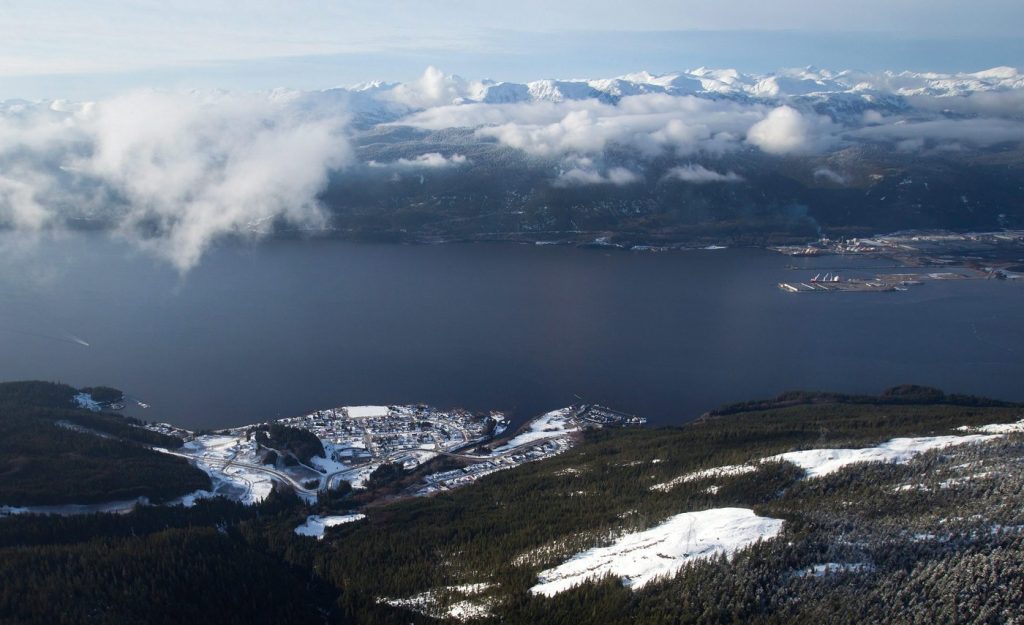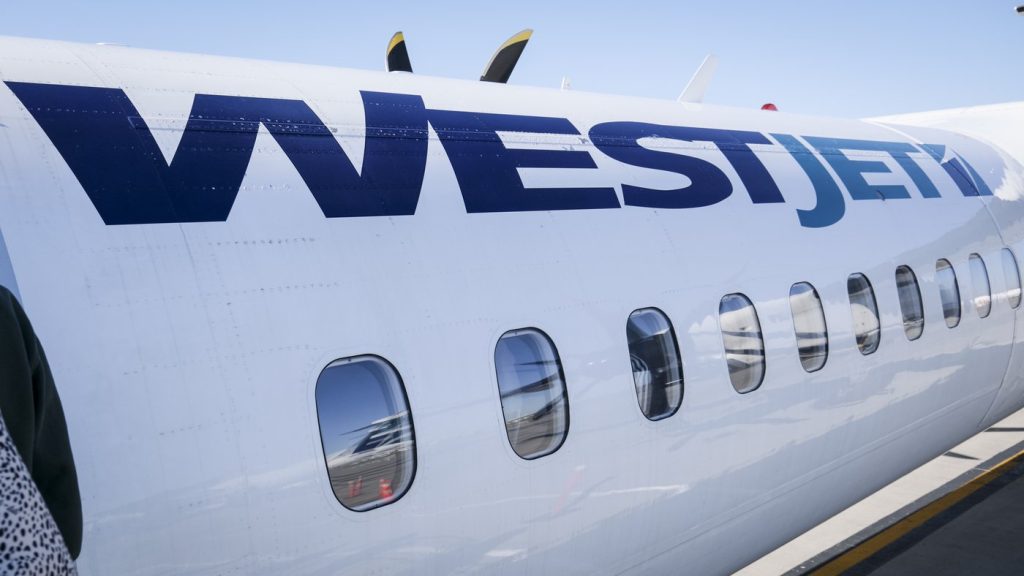Pembina, Haisla First Nation give green light to proposed US$4B LNG project

Posted Jun 25, 2024 05:39:35 PM.
Last Updated Jun 25, 2024 07:15:14 PM.
CALGARY — Canada is set to have another liquefied natural gas export terminal as project proponents have green-lit the majority Indigenous-owned US$4-billion Cedar LNG facility.
Calgary-based pipeline company Pembina Pipeline Corp and the Haisla First Nation said Tuesday they have made a positive final investment decision on the project, which will involve the construction of a floating liquefied natural gas (LNG) terminal near Kitimat, B.C.
The partners said they have received “strong support from domestic and international capital providers” for the financing of the project, which is expected to be in service in late 2028.
Cedar LNG will use natural gas from Western Canada to produce LNG for export to Asian markets, with a capacity of 3.3 million tonnes per year.
While a positive final investment decision had been broadly expected in the wake of recent positive statements by project proponents, the formal go-ahead Tuesday comes as a major vote of confidence in the future of liquefied natural gas.
“This is a historic moment, and we are proud to be moving forward with a project that will deliver industry-leading, low-carbon, cost-competitive Canadian LNG to overseas markets and contribute to global energy security, while delivering jobs and economic prosperity to the local region,” said Pembina CEO Scott Burrows in a statement.
It also marks a significant milestone for the Haisla Nation, who will be majority owners of Cedar LNG — making it the largest Indigenous-owned infrastructure project in Canada.
“Cedar LNG will make the most significant mark on economic reconciliation ever in our country,” said Haisla Chief Councillor Crystal Smith.
“With Cedar LNG, we have proven that Indigenous communities can successfully forge a path to economic independence and generational prosperity.”
Prime Minister Justin Trudeau issued his congratulations Tuesday in a video message, while B.C. Premier David Eby called Cedar LNG a “shining example of how natural resource development should work” in the province.
Cedar LNG is the third LNG export facility in Canada to receive the go-ahead. Construction of the Shell-led LNG Canada facility, with an export capacity of 14 million tonnes per year, is currently nearing completion near Kitimat.
A smaller facility called Woodfibre LNG is under construction near Squamish, B.C.
Proponents of a Canadian LNG industry say liquefied natural gas from Canada could help reduce global greenhouse gas emissions by replacing coal in countries that still rely on the dirtier fuel.
But environmentalists argue that LNG creates its own emissions through the liquefaction and transportation process, as well as through the drilling and flaring of natural gas in Western Canada.
They argue that building massive LNG terminals that require huge upfront capital investments “locks in” future greenhouse gas emissions at a time when the world needs to be planning for a lower-carbon future.
For its part, Cedar LNG will be powered by renewable electricity from BC Hydro, making it one of the lowest emitting LNG facilities in the world, the project partners say.
A formal federal Impact Assessment concluded the project’s plan to reach net-zero greenhouse gas emissions by 2050 was “credible,” and said the project as a whole aligns with Canada’s longer-term climate change commitments.
But the project has still faced opposition from environmentalists and some Indigenous leaders.
Cedar LNG has a 20-year contract with Calgary-based ARC Resources Ltd., which will supply the natural gas to the facility.
The Cedar LNG facility will be linked to the Coastal GasLink pipeline, which will supply it with 400 million cubic feet of natural gas from Western Canada per day. Coastal GasLink was built by TC Energy Corp. and will also supply LNG Canada.
On Tuesday, the project partners said 60 per cent of the project will be funded through debt-financing, with the remaining 40 per cent of the costs to be financed through equity contributions from both partners.
The Haisla Nation said it has obtained committed capital through the First Nations Finance Authority to fund their 20 per cent equity contribution.
This report by The Canadian Press was first published June 25, 2024.
(Companies in this story: TSX:PPL; TSX:ARX; TSX:TRP)
Amanda Stephenson, The Canadian Press








